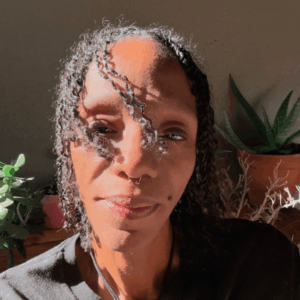 “Amateurs sit and wait for inspiration; the rest of us just get up and go to work.” –Stephen King
“Amateurs sit and wait for inspiration; the rest of us just get up and go to work.” –Stephen King
I was on a coaching call with an attorney once. “I need to get motivated,” she said. And I knew there were so many directions we could go. I could follow her down this path and ask something like, “What motivates you?” But instead I said, “What do you mean by ‘motivated’?” She said, “You know; that feeling like I want to do the work.”
“What happens when you are not motivated?” I asked.
“Then I don’t do it unless there is some outside pressure.”
“And motivation is a feeling?”
“Yes.”
“That you are waiting for?”
“Waiting for; looking for; hoping for.”
“Because?”
“Because I need it in order to move forward.”
Such a common belief we hold. We go to see “motivational speakers” looking for that feeling.
And what does that feeling feel like? Like you want to go to work? Like you want to exercise? It’s such a great experience when the feeling comes and propels you down the road. But you can’t really count on that feeling. And it is borne of a belief that we need a certain feeling in order to proceed.
Consider – are there things you have done that you didn’t “feel” like doing, for a reason other than because you would get in trouble for not doing it? Have you gone to work out when you didn’t want to? Got up with a child in the middle of the night when you didn’t want to? Worked late into the night to make that project truly excellent even when you didn’t want to?
What was propelling you when you did that? I will assert that it was the power of your purpose – your big WHY. What if it turns out that motivation is not a feeling at all, but a connection to your purpose?
“I went to work out because I have felt tired and sluggish and unhealthy and I believe this will help.” Or, perhaps more compellingly, “My doctor told me that I would die, get sick, etc. if I do not exercise.” “I get up in the night with my child because I love her and I want her to feel that.” “I work late into the night because I want to create an excellent product” or “I care about the client” or “I care about growing my business.” In each of these sentences, whatever follows the “because” is your WHY.
Sometimes there is a feeling associated with your WHY. Sometimes that feeling feels like something we call “motivation.” To be effective though, it is not the feeling you need. It is a compelling WHY and the commitment to that WHY even when the feeling is gone.
If you are waiting for motivation, you are likely in a place that Dr. Seuss called, “the waiting place.” He so brilliantly painted a picture of a place where many adults spend much of their lives.
The Waiting Place…
…for people just waiting.
Waiting for a train to go
Or a bus to come, or a plane to go…
or waiting around for a Yes or No…
Everyone is just waiting….
Waiting, perhaps, for their Uncle Jake
Or a pot to boil, or a Better Break
Or a string of pearls, or a pair of pants
Or a wig with curls, or Another Chance.
Everyone is just waiting. (From Oh, the Places You’ll Go!)
The feeling is not coming. Or maybe it is. But when? If you wait for that feeling, you are a victim to it. If you want to achieve what you are after, connect with your WHY. Then choose. Choose to take action every day, no matter how you feel. Choose to stay committed. Remind yourself frequently of your WHY. Sometimes you will feel motivated and other times you will not. That is where the commitment comes in. Commitment is doing a thing after the feeling that caused you to commit is gone. So if you feel it, that’s great; and if you don’t, then as they say at Nike, “just do it.”






